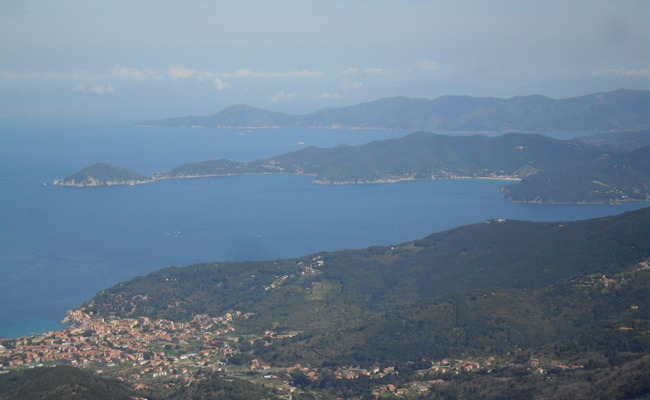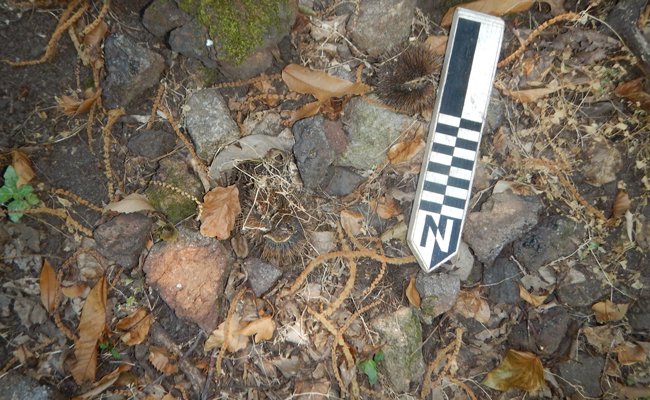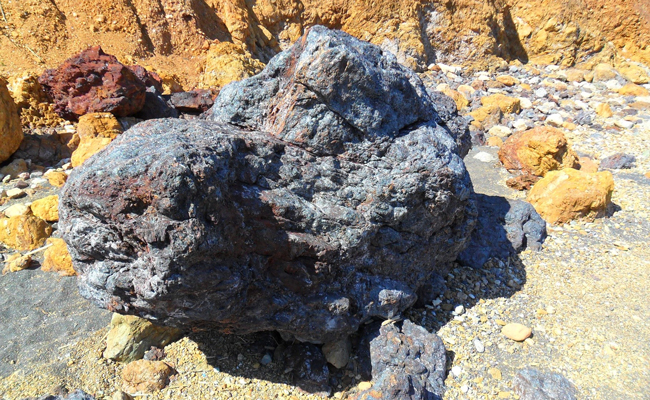The doctoral project A-5-4-1 represents the archaeological part of the interdisciplinary Topoi research project (A-5-4) Iron mining and smelting in the (northern) Tyrrhenian Sea. The dissertation deals beside the topography and chronology of iron smelting sites also with the impact of iron mining and smelting on the landscape of Elba Island in the 1st millennium BCE. In addition, it concentrates on a diachronic investigation of the antique mining work/slavery and on an economic historical classification of the Elban iron production in the Mediterranean context.
Research
On the basis of the current state of research a number of aspects will be discussed: (1) the chronology and topography of iron mines and reduction sites on Elba Island; (2) the impact of extensive antique iron reduction on the island’s environment; (3) land- and sea-based transport of raw iron on and around Elba Island; (4) the economic role of the iron ore lacking western part of the island; (5) importance and control of the iron mines and their exploiting parties; (6) revaluation of Pliny’s old senate’s decree on abolishing mining in Italia in the Late Roman Republic. The main objects are a fixed topo-chronological dating of the era of ancient iron smelting and the environmental historical contextualization of Elba island in antiquity.
A multidisciplinary approach, which combines methods of the Landscape, Mining, Maritime and Classical Archaeology, is used to achieve the research objectives. Beside the study of various maps, archive material and literature, surveys of iron smelting sites and slag accumulations on Elba Island are carried out. Iron slags are collected and finds as well as archaeological records are mapped and documented directly on site with geotagging. Archaeological features are compiled in a site register and GIS-based analyses are done. Charcoal-containing slags are radiocarbon dated to obtain absolute chronological dating. Site location factors for iron smelting are elaborated in close cooperation with Physical Geographers (see Topoi project (A-5-4-2) Iron mining and smelting in the Tyrrhenian Sea).
Results
First results regarding the chronology confirm a beginning of the iron smelting on Elba Island around the middle of the 5th century BCE. A shift of smelting sites due to resource requirements from east to west in later times is very doubtful. A simultaneous smelting on the entire island is much more likely as an early smelting site of the 3rd century BCE on the north-western coast shows. Relatively unnoticed archaeological finds that have been made early in the previous century, indicate a continuation of iron production in the 1st century CE – after the presumed date of the senate’s prohibition. Several localities that are both situated in the island’s interior and at the coast show a continuity from Etruscan via Roman to even medieval times. Submarine finds let define one clear antique route for iron ore along the northern coast of Elba Island.
Further radiocarbon dating of iron slags and the determination of finds from soundings of the late 1950’s – together with a landscape-archaeological interpretation of archaeological and physical-geographical results – will allow a more profound topo-chronological framework of the ancient Elban iron production.
This doctoral thesis is being written within the program Landscape Archaeology and Architecture (LAA) of the Berlin Graduate School of Ancient Studies (BerGSAS).



